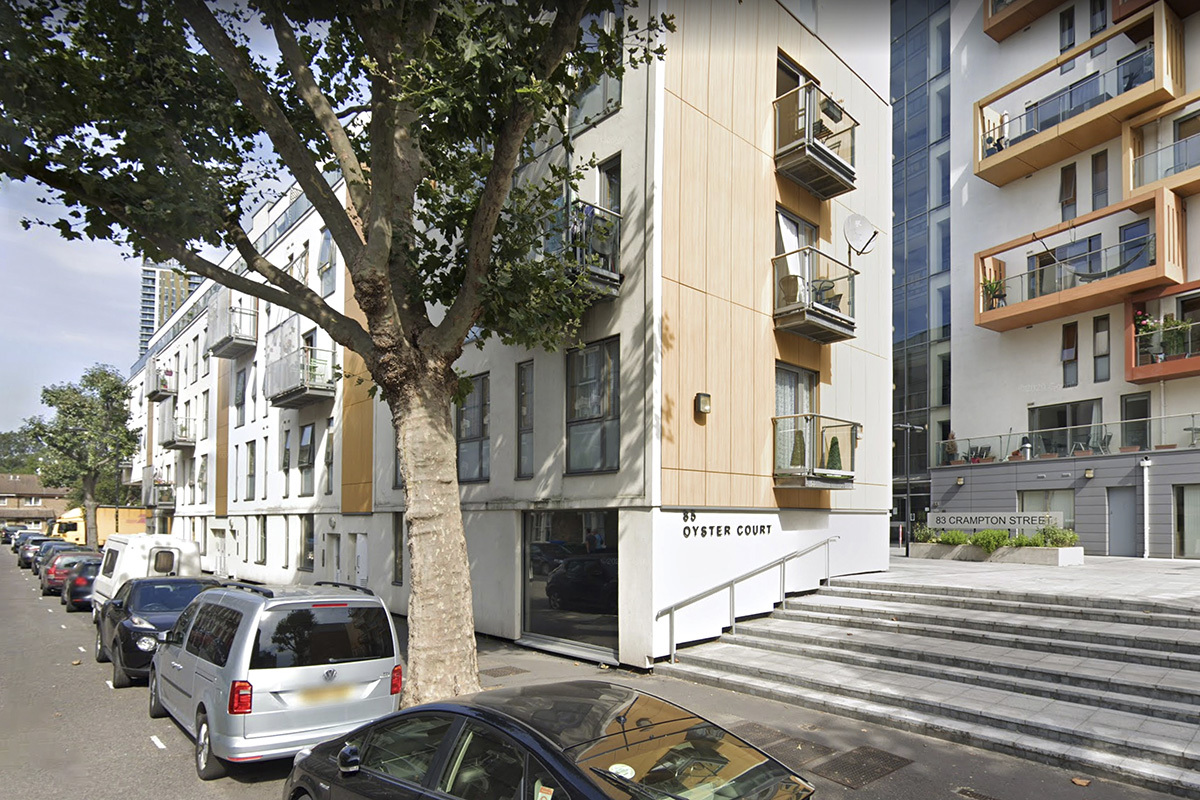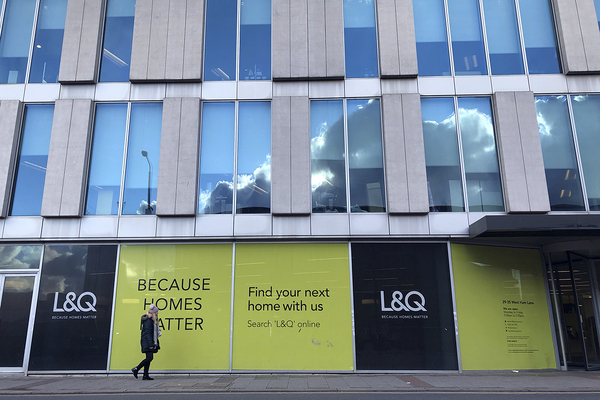You are viewing 1 of your 1 free articles
RICS publishes new cladding valuation guidance to unblock mortgage crisis
The Royal Institution of Chartered Surveyors (RICS) has brought in new guidance on buildings with cladding, to help homeowners trapped in unsellable flats.
The new advice published today comes into effect immediately. It has been drawn up to provide “clarity and confidence” to valuers, the professional body said.
The previous guidance issued by the RICS in 2021 focused on helping valuers identify buildings that needed an EWS1 form, which provides evidence that the external wall system of a building has been inspected.
This latest update seeks to take into account the new government funding streams now in place to remove cladding from blocks, by giving more detail on how valuers should approach buildings under remediation.
The RICS said the loss of confidence in the fire safety of blocks of flats has “severely impacted” the property market and leaseholders, with many still unable to sell because banks will not issue mortgages.
It hopes the new guidance will provide a blueprint that allows surveyors to take a “transparent and consistent approach” to valuations for mortgages, and enable the market to “swing into action”.
The UK’s flat-sale market reached a state of paralysis over the past two years as a consequence of the Grenfell Tower fire and subsequent building safety crisis.
The mortgage crisis stemmed from the introduction of the controversial EWS1 form in 2019, which was originally intended to cover buildings above 18 metres in height.
However, the government later released a Consolidated Advice Note (CAN) that said all dangerous materials should be removed, regardless of a building’s height.
This essentially shut down the flat-sale market, with banks refusing to lend and surveyors unable to assess the cost of remediation works and therefore valuing property values as nil.
The CAN was removed as official government guidance in January and replaced with a new PAS 9980 standard for inspecting external walls, which the RICS has incorporated into the EWS1 process.
The new guidance has been drawn up by an RICS-convened expert working group, comprising valuers, lending bodies, conveyancers and fire engineers, with input from officials at the Department for Levelling Up, Housing and Communities.
The RICS anticipates that, with the implementation of the Fire Safety Act and the statutory protections for leaseholders against costs in the Building Safety Act, reliance on EWS1 will reduce further, and external-wall fire risk assessments will become part of the normal fire risk assessment process.
Dame Janet Paraskeva, chair of the RICS’s standards and regulation board, said: “Our role is to safeguard the public interest. The protections brought into law for leaseholders and the pledge made by the lending industry to provide mortgages on properties covered by these protections, have enabled us to provide guidance to valuers, ensuring a consistent approach for their lender clients.
“This brings much-needed confidence to buyers, sellers and the market as a whole. The board is pleased to put this advice into effect immediately, with the support of stakeholders, to help those impacted by the building safety crisis.”
The government minister for building safety, Lee Rowley said: “This guidance from RICS is an important step forward in encouraging lenders to rethink their policy on lending against flats with cladding. This is another step forward in giving the industry the confidence it needs to help get the market moving again, supporting both buyers and sellers to get on and move up the housing ladder.
“Following the introduction of the Building Safety Act, leaseholders living in their own homes have legal protections in place for the first time which means they will not be liable for cladding costs.
“Thanks to government measures such as the Building Safety Levy, Building Safety Fund and developer pledges, there is a clear route to ensuring that buildings are fixed. Innocent leaseholders will never again be the first port of call to pay to fix others’ mistakes. Lenders need to reflect that and change their practices accordingly.”
Sign up for our fire safety newsletter
Already have an account? Click here to manage your newsletters












